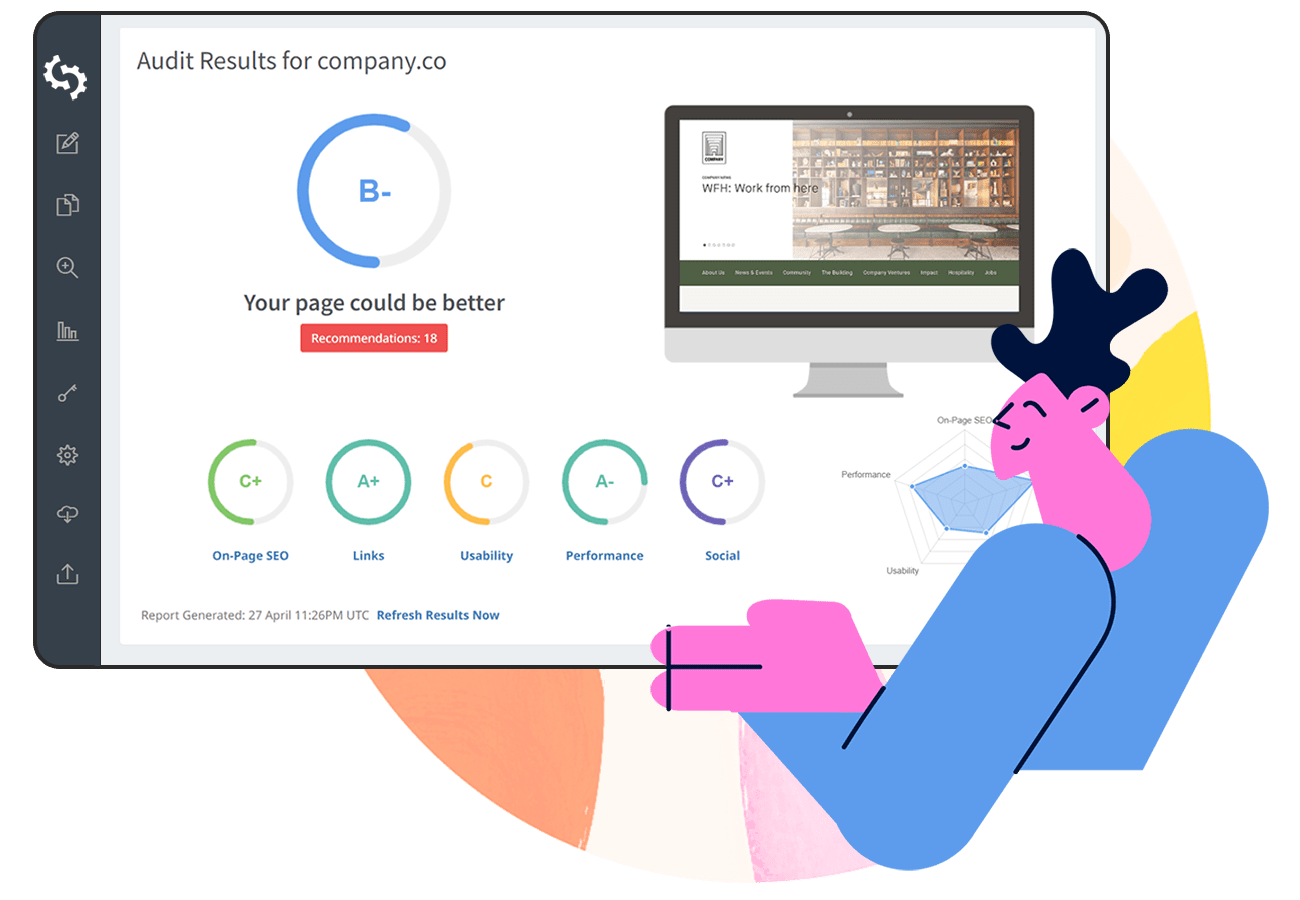
Homepage SEO makes your site authoritative in the eyes of Google.
Your homepage is the most important page of your website. It is like a gateway to all other pages on your domain. It should be optimized for users and search engines to attract and convert the maximum amount of visitors.
Effective homepage SEO helps you create a strong first impression by optimizing content, navigation, and CTA elements.
Our essential guide to homepage SEO will walk you through the strategic steps to enhance your website's front page to enhance user engagement.
We've also asked several SEOs and marketers from some of the top digital agencies to give us their top tips for improving homepage SEO, I'd like to thank the following people for their valuable insights:
- Jacqueline Ivy Boyter, Founder at Full Throttle SEO, Florida, United States
- Brandon Schroth, Founder at Reporter Outreach, California, United States
- Crystal Grave, Founder at West Cove Creative, British Columbia, Canada
- Simone Byrd, Content Specialist at Online Optimism, Louisiana, United States
- Carradean Farley, Co-Founder at Periscope Media, South Australia, Australia
What is Homepage SEO?
Homepage SEO is the practice of optimizing your website's main page so that it ranks for your business’s primary keywords.
Effective homepage search engine optimization consists of on-page optimization, off-page optimization, and creating a good user experience for visitors.
Some of the basics of on-page SEO includes preparing accurate, original, and EEAT-friendly content, crafting a proper title and meta description, and using images with alt text.
It also covers technical optimization, which includes preparing sitemaps, fixing 404s, fixing page issues as highlighted in the Google Search Console, etc.
Successful on-page SEO helps search engines crawl and understand the different homepage contents easily.
Off-page SEO covers building authoritative backlinks with natural anchors to the homepage to improve the domain strength. Quality of referring domains is more important than their quantity, when it comes to quality link acquisition.
Naturally acquired editorial links from trusted domains matter more compared to low-quality links from PBNs (Private Blog Networks).
UX or user-experience optimization includes improving the page speed, Core Web Vitals score, and overall page experience.
Does Homepage SEO Exist?
Yes, homepage SEO is a real thing, and you should optimize your website’s front page using a combination of proven tactics.
The homepage functions as the primary navigational hub of a website.
A well-optimized homepage should briefly cover everything about your business while strategically linking to key internal pages.
Think of it as your website's roadmap, guiding both users and search engines to the most important destinations.
- Jacqueline Ivy Boyter, Founder at Full Throttle SEO
Effective homepage SEO can boost the SEO of those linked pages by distributing link equity and directing users and search engine crawlers.
Companies that perform homepage SEO are able to drive more qualified web traffic by making their homepage rank on Google for their targeted keyword.
How to Optimize Your Homepage for SEO
As the primary landing page of your website, a well-optimized homepage improves your search rankings, brings in more traffic, and converts maximum users.
Let’s look at some of the top tips for optimizing your homepage:
Audit Your Homepage SEO First
The first step in optimizing your website homepage is to conduct a full-scale audit.
An in-depth website audit will help you locate any major issues on your homepage that you can fix to improve its organic visibility in SERP.
Now, you can either try and do this yourself, or you can use our tool to get a free SEO audit of your website.
Simply just enter your website in the our SEO audit tool. The tool will take a few seconds to scan your entire website and will provide an overall performance grade.
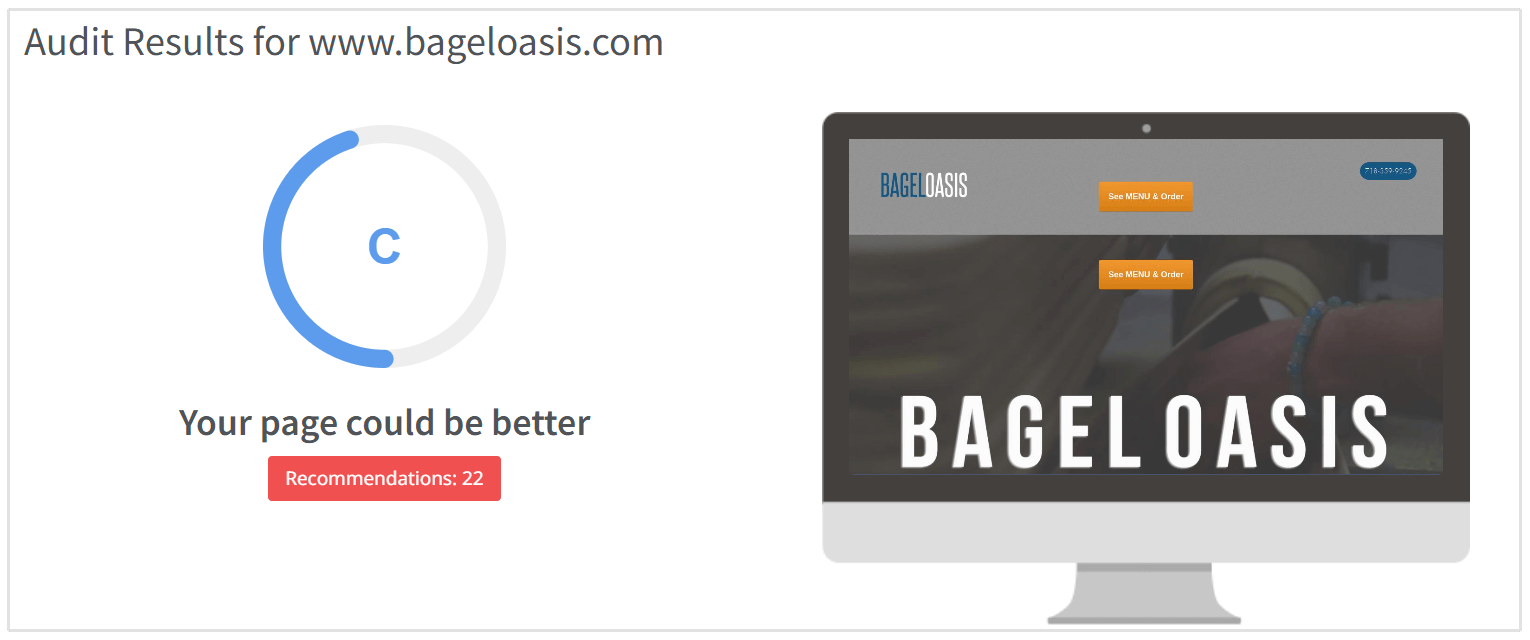
A+ is exceptional; A is excellent; B+ is very good; B is good; and C+ or C is satisfactory, while a grade below that means you have to work on your homepage to make it better.

The tool also offers separate grades for each SEO factor, as shown below:
You can also see various on-page recommendations unique to your website that you can work on to improve your homepage’s organic search performance.
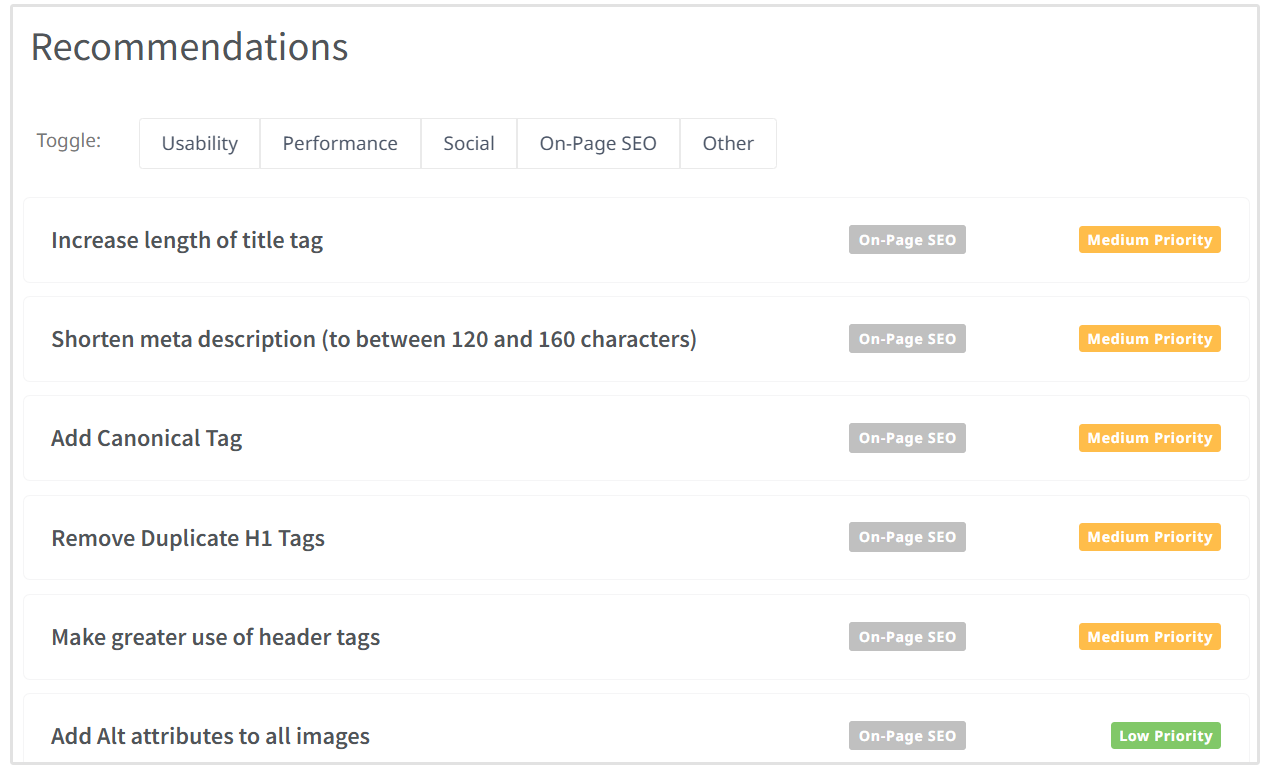
With each report that you run, you'll see a backlink analysis of your domain showing the Domain Strength, Page Strength, number of backlinks, number of dofollow links, and the total number of referring domains pointing to the homepage.
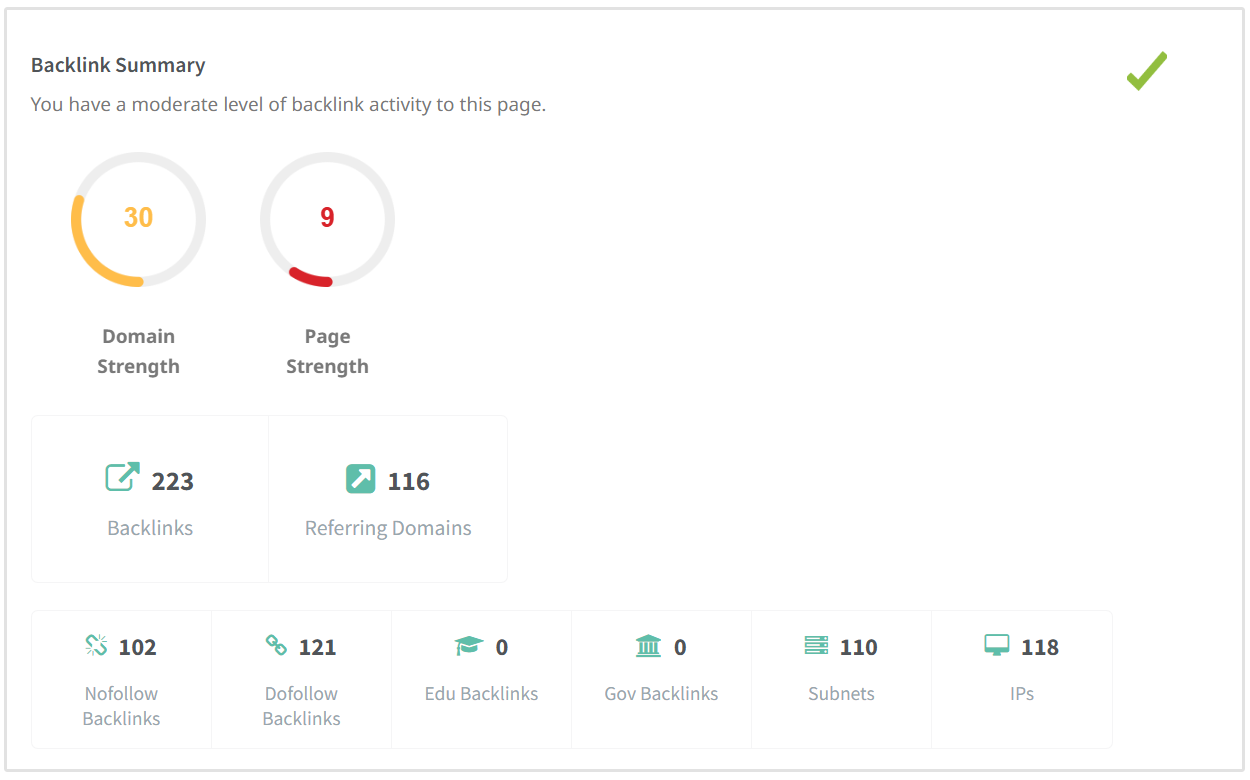
Your homepage should have a high Domain Strength, Page Strength, and a high number of quality backlinks from different referring domains.
You can also analyze the top backlinks pointing to your site. Here, you should see that there should not be an excessive number of low-quality backlinks from websites with very low domain strength.
A large number of low-quality incoming links can invite Google penalties.
You can also examine the top pages by backlinks and the top anchors with each audit that you run. Here, you should see that there should be a mix of exact-match, generic, natural, and branded anchors to your homepage.
In the below example of Bagel Oasis, you can see that their backlink profile has a mix of different anchors (naked URLs, branded, etc.).
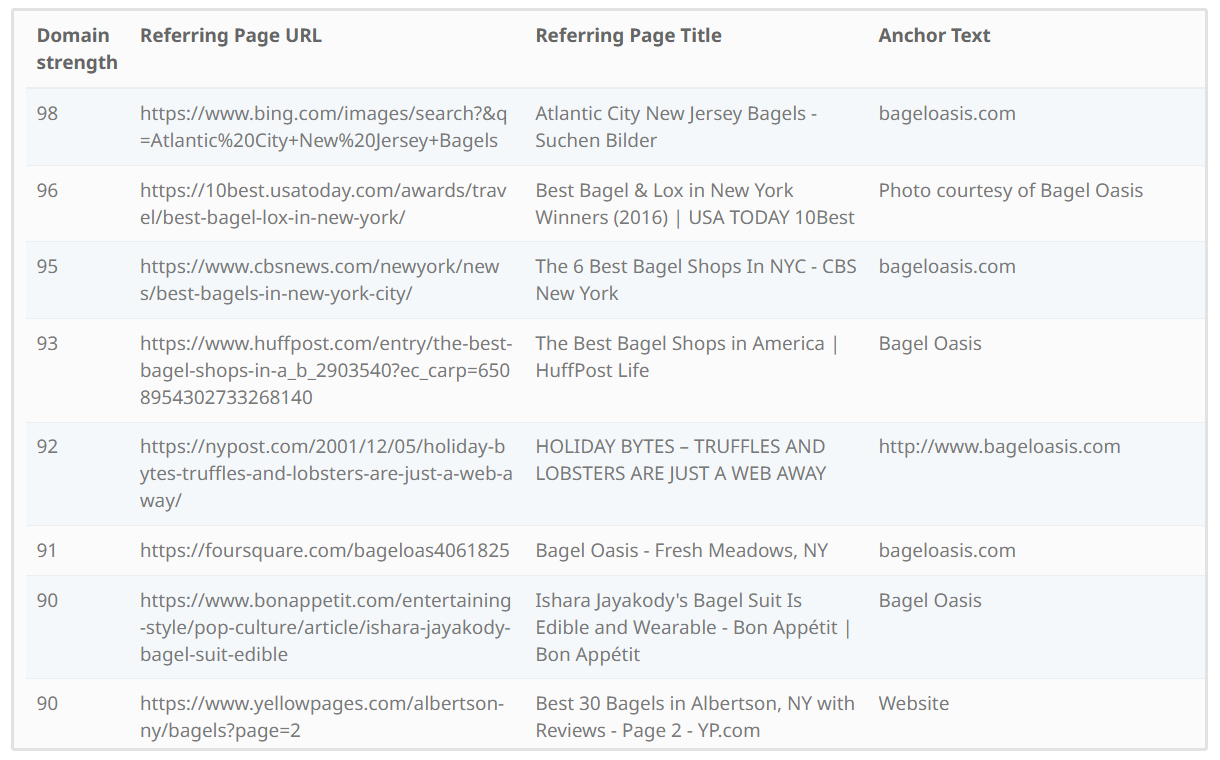
The tool also returns a quick analysis of the different Core Web Vitals metrics. The Core Web Vitals measures real-world user experience, and optimizing your homepage for these metrics helps you optimize the overall UX.
Google’s core ranking systems reward pages that have an improved Core Web Vitals score.
You can see an overall page speed score and a detailed breakdown of the different page speed metrics.
The page performance metrics help you understand how fast your site loads and how you can improve its performance.
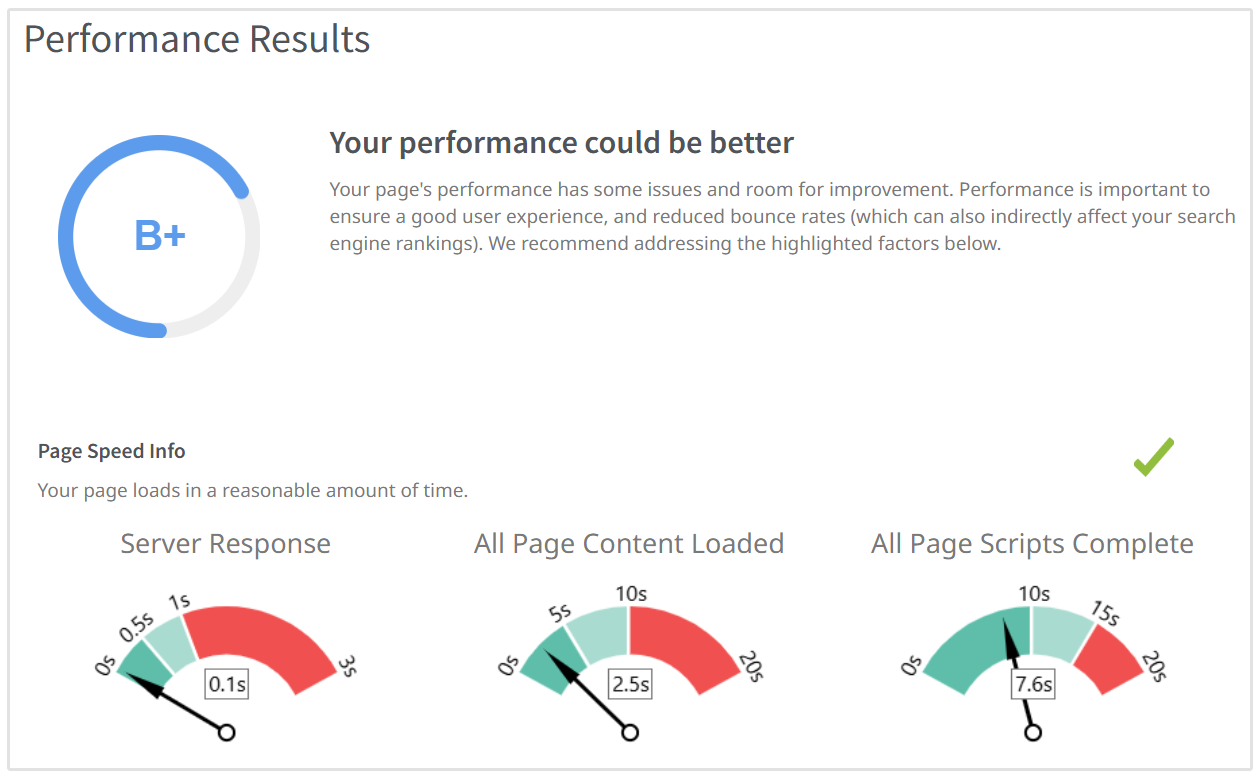
According to several of the SEOs and marketers we spoke to, this is one of their top tips for improving homepage rankings and SEO.
I would say one of the more important things to improve is your page loading speed. It's actually amazing how many sites are still slow loading!
Using huge bloated images and videos or fancy scripts is the fastest way to get a slow loading web page! It's also incredibly easy to avoid this. These days we have better formats like WebP and AVIF that are more widely adopted in browsers.
- Crystal Grave, Founder at West Cove Creative
Choose One Target Keyword
Each page on your site should have one seed keyword. Similarly, the homepage should have one primary keyword that you should prioritize in your on-page and off-page strategy.
Having a single target search term helps concentrate your SEO strategies. It allows for intent-specific content optimization and link building centered around that keyword.
Moreover, it clarifies the main focus of your homepage for users and search engines, improving user experience and search relevancy.
Focus on user experience and design, not keyword stuffing. Effective homepage SEO prioritizes user experience and beautiful design over keyword density.
Though it may come as a surprise, organizations should leave keyword optimization for internal pages and let the focus of their homepage be about clarifying intent for users and search engines.
- Simone Byrd, Content Specialist at Online Optimism
Depending on your business, you should pick a relevant and medium competition keyword for your homepage. You can use our Keyword Research Tool to find a high-value seed keyword that could bring more traffic and sales.
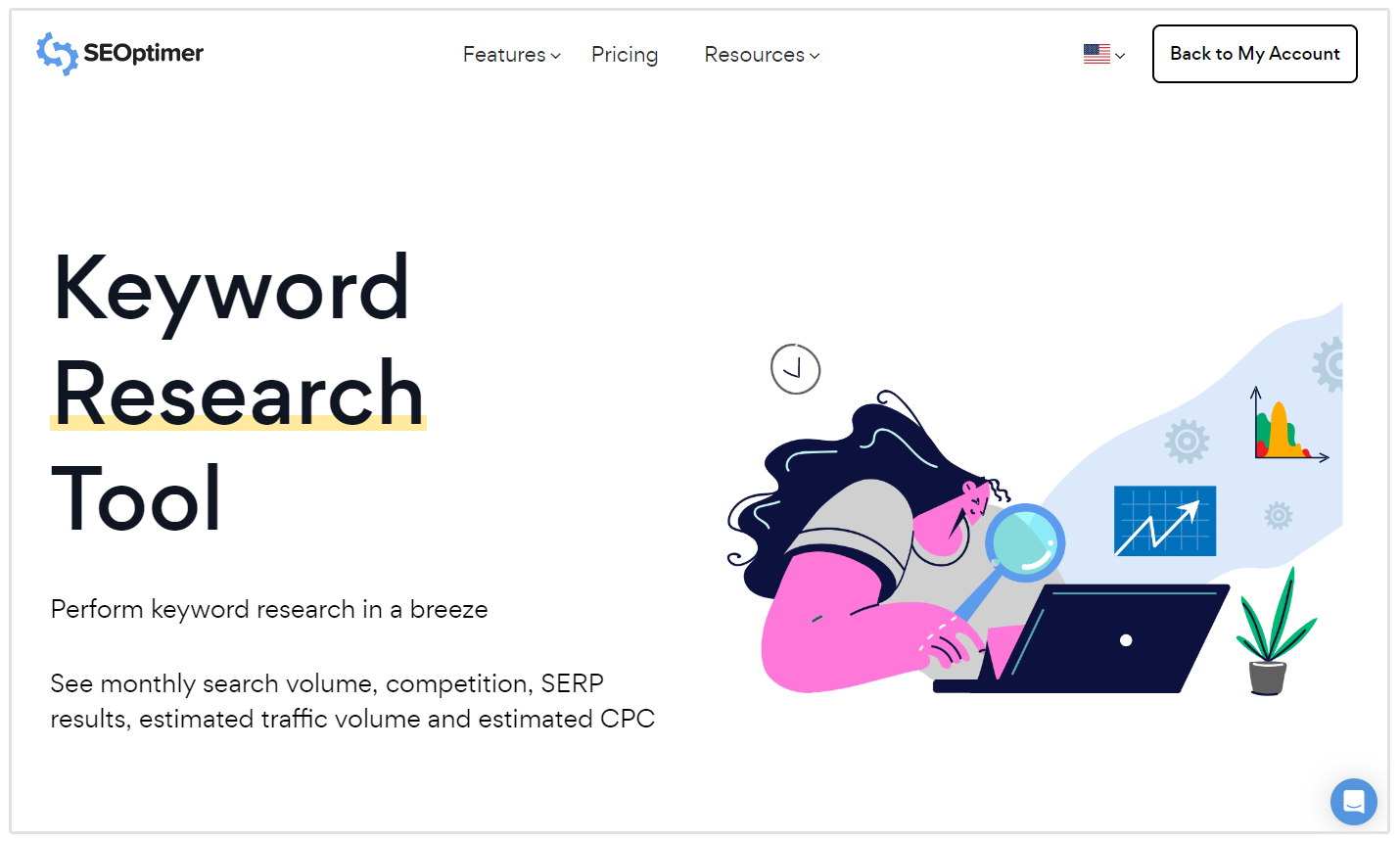
Enter your main business keyword to begin exploring the different search terms. The tool will display the monthly competition and search volume of all related keywords so that you can pick your preferred target keyword.
Take a closer look and try researching with different search terms that you think your target audiences will use while looking for a business like yours.
You can also identify the primary keyword that your competitors are targeting using the SEOptimer keyword tool. Just choose the Search By URL option and enter the domain in the search bar, and the tool will show the keyword and the page URLs.

You will get an idea of the keyword targeted on the homepage, and you can also see the estimated traffic the keyword brings to the homepage.
Optimize Homepage Title
Well-written page titles are important for SEO and user experience. You should optimize your homepage title to boost both search engine visibility and user engagement.
A great tip is to include your primary keyword at the beginning of the title and ensure it reflects the core content of your site.
There's a lot of potential variables when it comes to optimizing a home page, but a good rule of thumb is that the home page should around the brand.
This is the safest way to guard against algorithm updates or changes to the business. If your home page meta title is set up in a semantic triplet which is who you are, what you do, and where you do it.
That is really safe then have the heading be brand focused on the subheading further expand on the who you are, what you do and where you do it.
- Carradean Farley, Co-Founder at Periscope Media
Keep your homepage title descriptive yet concise, ideally under 60 characters.
You can also take a look at what your competitors are using in their homepage title and use that as inspiration for your own page title.
For instance, let's say I've got a blog about baking and I want to share a recipe on how to bake a vanilla cake.
By looking at the current SERP and the pages already ranking, I can examine their page titles to get some ideas.
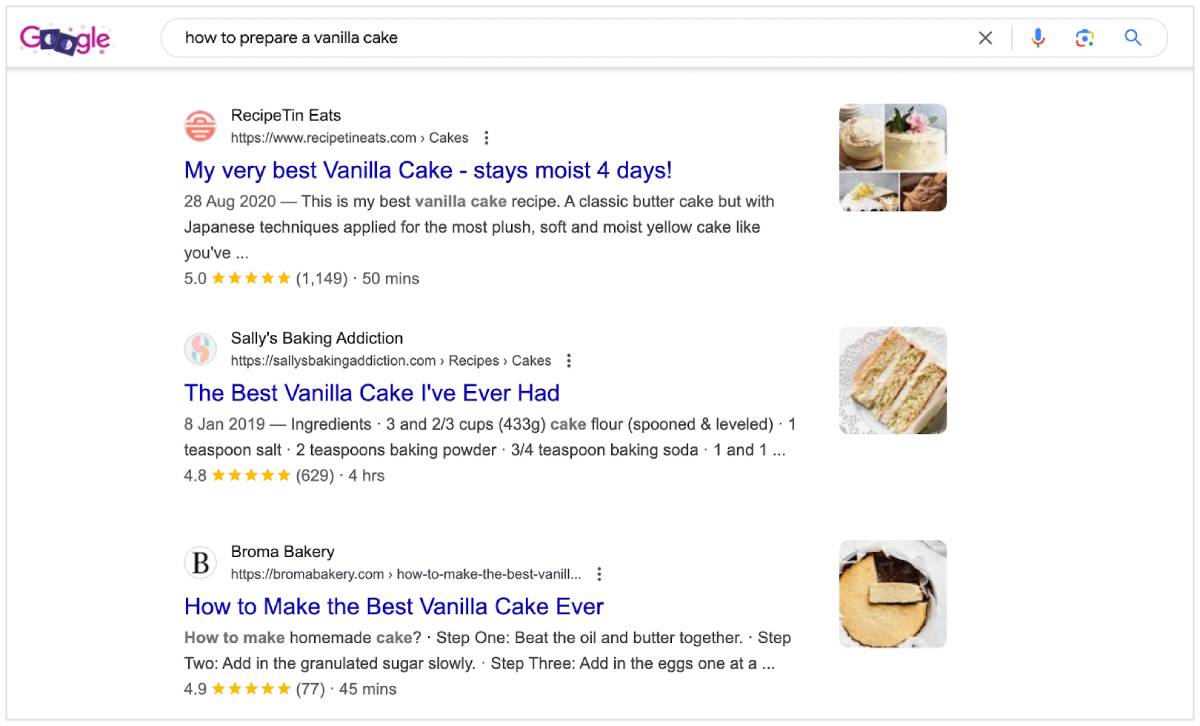
I can see that most of the titles contain the word "Best" so that looks like it draws a lot of attention and clicks from users, so that is something I can incorporate in my title.
Write SEO Optimized Meta Description for Homepage
Although Google’s algorithm rewrites meta descriptions based on the target search query, you should still have an SEO-friendly homepage meta description to persuade people to click on your homepage.
Include your primary keyword once in the description, and also use 1-2 semantic variations of the seed keyword.
Use an active voice and make it unique. It should properly reflect the contents of your homepage. Do not include misleading descriptions just for the sake of higher rankings for irrelevant keywords if your page content is something different.
Doing so might invite search engine penalties.
Since Google tends to cut off lengthy descriptions, keep your meta description between 150-160 characters to ensure it displays fully in search results.
Also, highlight any unique selling points or special offers like "Free shipping," “Free consultation,” or "Exclusive online deals" to distinguish your homepage from competitors.
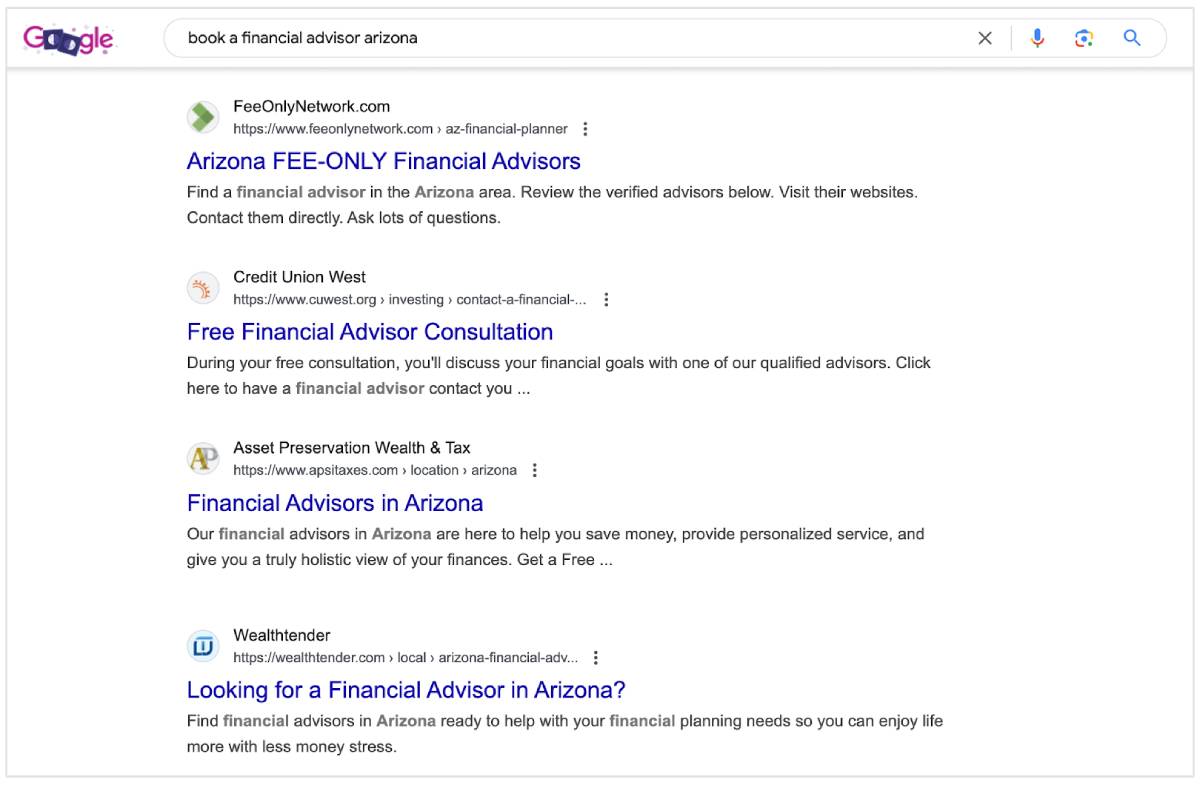
Always ensure the description reads naturally and engagingly to capture the interest of potential visitors.
Add Content to Homepage
People-first content optimized for your target keyword brings relevant visitors to your homepage.
You should add informative, concise, and intent-specific content that educates your visitors. Write in the first person and use an active voice to create a direct and engaging experience.
Your homepage content should demonstrate Experience, Expertise, Authoritativeness, and Trustworthiness (E-E-A-T) via elements like case studies, customer testimonials, business awards, company experience, people behind the company, their expertise, etc.
Make sure the content is original and fresh, clearly standing out as superior compared to your competitors.
You should use clear language and shorter sentences to improve readability and ensure the content is grammatically accurate.
Incorporate visual content by adding a well-designed logo and an eye-catching hero image at the top of your homepage. These visuals should align with your brand voice, reinforcing your brand's identity and values.
You should also use command verbs in your calls to action to direct visitors clearly and persuasively, encouraging them to engage with your site.
Your content should be well-written and accurate, offering visitors a reliable overview of your company and its services.
Here is a great example:
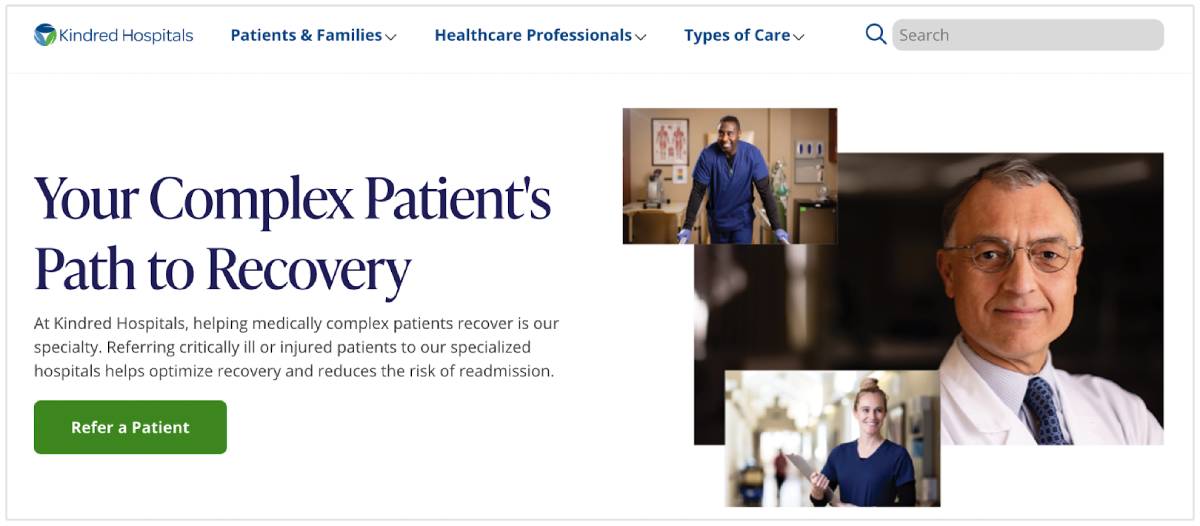
You should also prominently list your company's key differentiators, making it clear what sets you apart from the competition. Include a clear and compelling value proposition statement near the top of your homepage.
This statement should succinctly convey the core benefits of your offerings and why a visitor should choose your company.
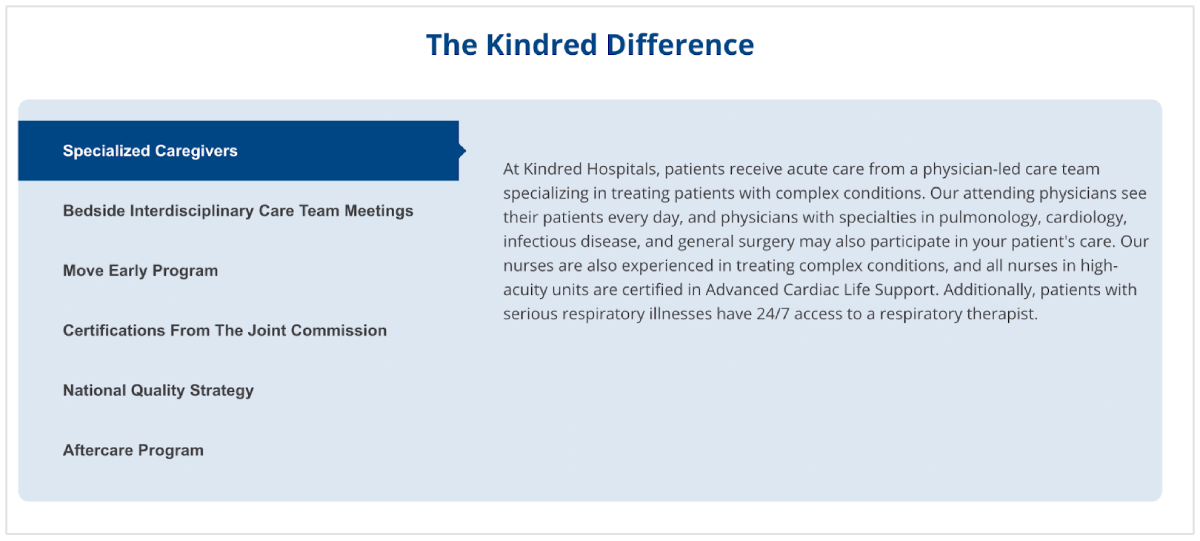
Additionally, all internal links should be working; there shouldn’t be any 404 error pages. The major category pages should be linked from the main navigation area.
Lastly, you should ensure that your homepage design includes a cohesive header and footer. These elements should provide essential information and navigation options, contributing to a seamless user experience.
Create Schema Markup for Homepage
Structured data helps search engines understand the content and context of your page, which can improve the accuracy of search result displays and potentially boost your click-through rate (CTR).
Google uses more than 35 types of schema. You can pick and choose the best for your website homepage.
For example, if your homepage has a collection of news or articles, you can use the article markup to display the post title, featured image, author, and publish date directly on the search results.
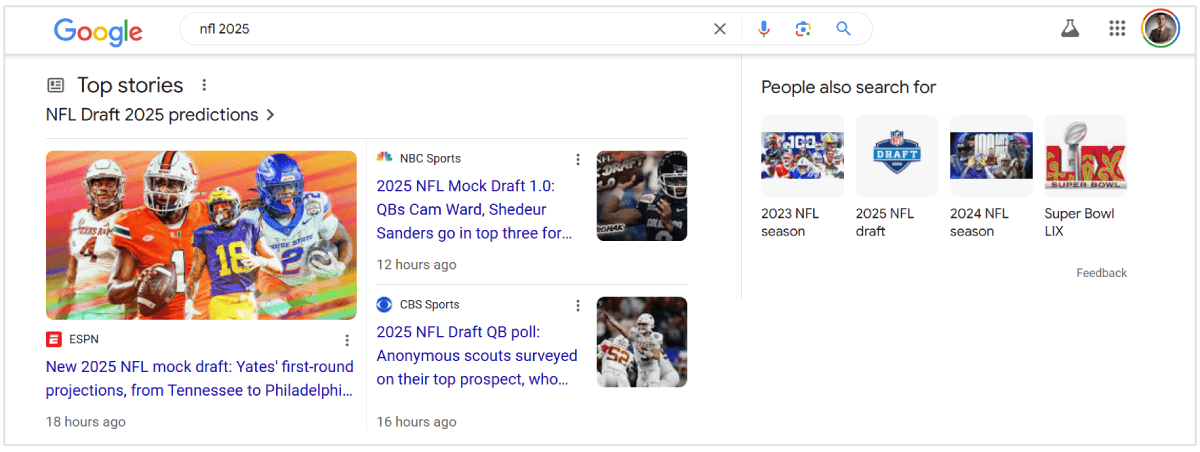
You can also add the Organization structured data to your homepage to enhance how Google understands and displays your organization in search results.
If you have a local business, you can use the Local Business Schema Markup to display a prominent Google knowledge panel with details about your business based on the search query.
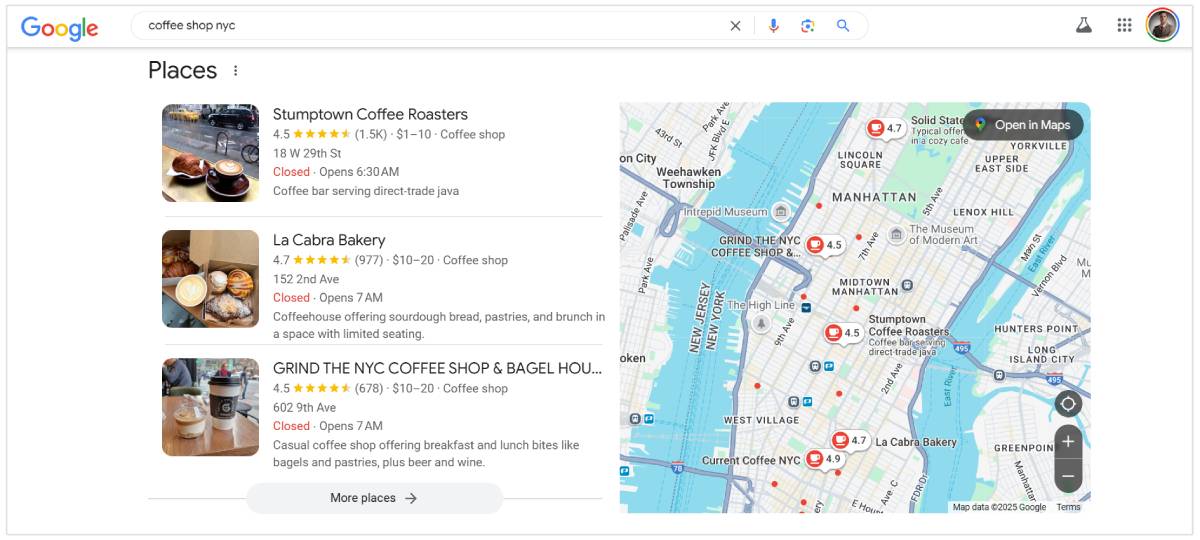
Depending on your business type, another important schema type to add to your homepage is the review snippet.
A review snippet displays an average of the combined rating scores from many reviewers who have reviewed your business. Review snippets appear in rich results or Google Knowledge Panels.
Use a format such as JSON-LD to encode the data and insert it into the HTML of your homepage. Leverage tools like Google's Rich Results Test to validate the structured data to ensure there are no errors.
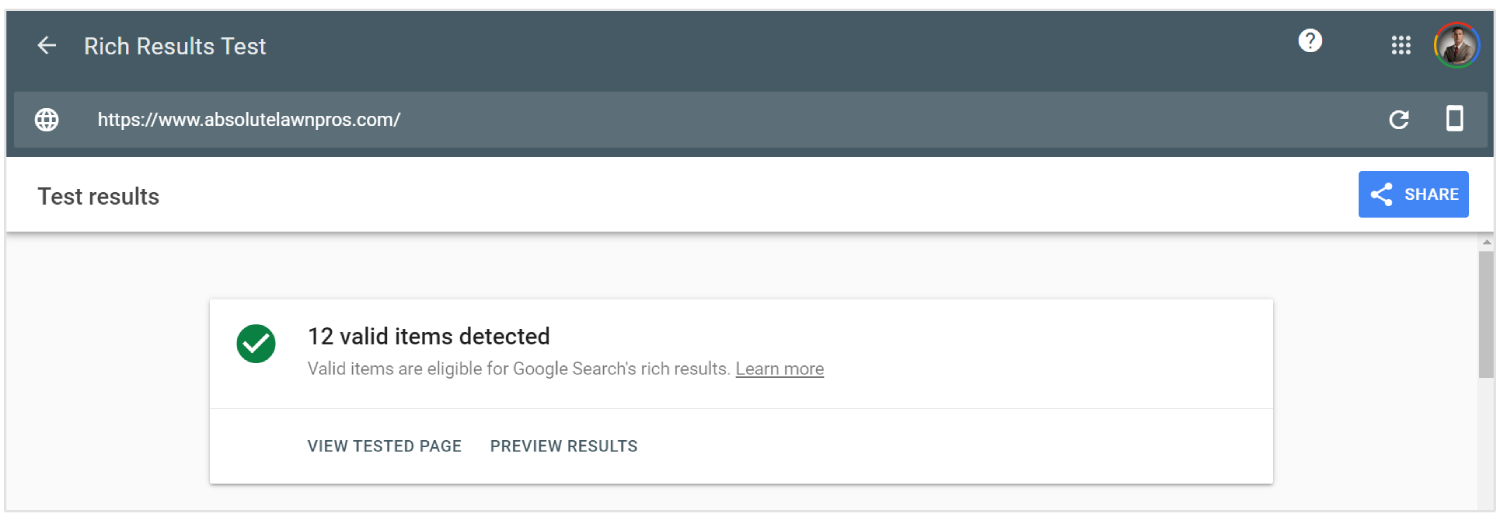
Optimize the User Experience for the Homepage
Enhance the user experience of your homepage by identifying any UX issues. Optimize slow load times, confusing navigation, and non-responsive design elements.
Ensure that your site is mobile-first and add site search options to allow users to quickly find what they need.
Enhance navigation by using a clear visual hierarchy that guides the user through the site intuitively. Understanding your target audience is vital. Tailor the homepage to offer them what they need.
Use shorter forms with clear and descriptive labels to optimize the buying or registering process.
Make sure these are easy to use and accurately return relevant results. Use powerful call-to-actions to guide users towards taking the desired actions.
If you have an eCommerce site, add product filters to help users sort and find products according to their needs.
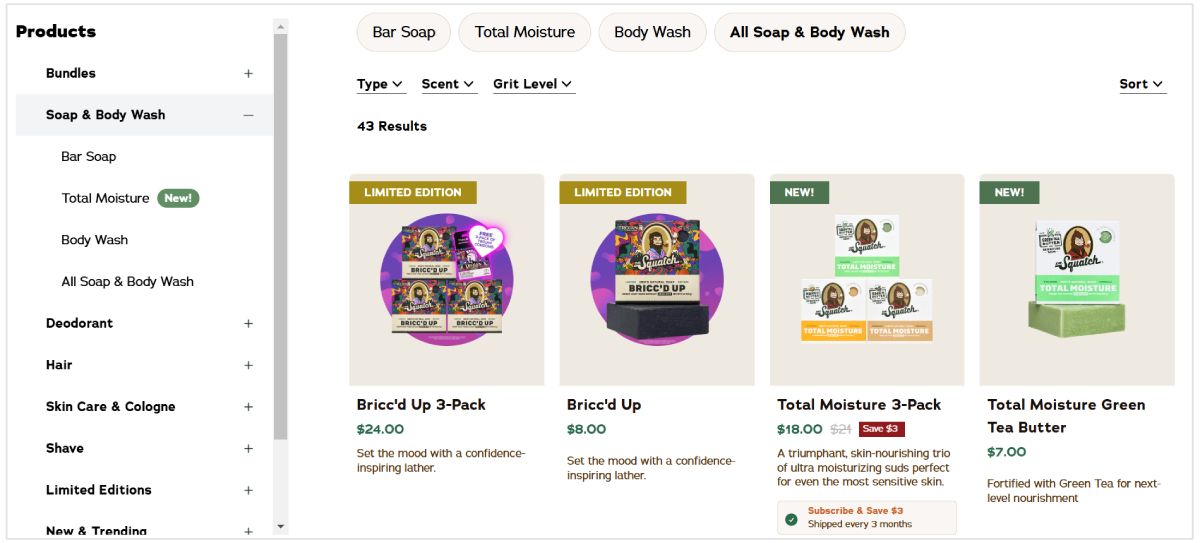
Use A/B testing to test different elements on your homepage to understand what works best and refine your approach based on real data.
With A/B testing you can test different versions of CTAs, images, or even entire layouts to see which one drives better conversions.
Add Trust Signals to Homepage
Trust signals communicate to users that a website is secure, reliable, and worthy of their business.
Integrating social proof, such as client reviews and user-generated content, can greatly improve credibility and engagement. You can install a widget that displays live reviews or social media mentions related to your business.
At Reporter Outreach, we, for example, add client testimonials to our homepage to enhance our reputation and instill trust in first-time clients. Pages with credible social proof are reported to have 58% higher conversion rates and engaged users to send strong signals about your homepage relevance to search engines.
- Brandon Schroth, Founder at Reporter Outreach
Using an SSL certificate is the first step in winning a visitor's trust. Display well-known clients and customer testimonials to showcase your business reputation.
Show awards, accreditations, or certifications your business has earned.

I've seen several websites with a section titled “As Seen In” featuring logos of major publications or broadcasters that have featured the business.

Create Internal Links to Homepage
Internal links help to distribute link equity and ranking power throughout your site. Linking back to your homepage enhances its authority as search engines interpret it as a central hub of content.
Use contextual and natural hyperlinks within the body of your content to link back to your front page. You can implement breadcrumb navigation showing the path back to the homepage.
Almost universally, the company logo at the top of each page should link back to the homepage. This is a standard practice that users expect as it provides a quick and easy way to return to the start.
Build Links to Homepage
You should have an excellent Domain Strength to rank your homepage for your target keywords.
Backlinks are the backbone of Domain Strength. Hence, you should acquire lots of high-authority and relevant backlinks using natural anchors.
When you plan your link acquisition campaign, build links to the homepage in a 3:1 ratio. Meaning, if you build four links per week, one should point to the homepage, while the remaining three should point to different category or blog pages.
You can use a mix of link building tactics to acquire high-quality inbound links.
Some of the best white-hat link acquisition techniques are guest blogging, digital PR, forum posting, link asset creation, broken link building, and unlinked brand mentions.
How to Track and Measure Homepage SEO Performance
Once you have implemented all the required homepage SEO optimizations, it’s time to track your organic performance.
Here are the things that you should track to accurately measure your homepage organic search performance:
Organic Rankings
Tracking organic rankings is a great way to know the position your homepage holds in the search engine results pages (SERPs) for targeted keywords.
Monitoring changes in rankings can help you understand how well your SEO efforts are working and how visible your site is to potential visitors.
You can track rankings with the help of the our Keyword Rank Tracker.
The tool will show you how the homepage ranking positions change for your tracked keywords. You can see if the rankings improve or decrease week to week and how much traffic is being delivered.
![]()
Organic Traffic (Impressions and Clicks)
You should also know the number of impressions and clicks your homepage is acquiring. Google Search Console is the best tool to track the number of impressions and clicks your homepage is getting each day.
Log in to your Search Console account, where your website is added as a property, and navigate to Search Results.
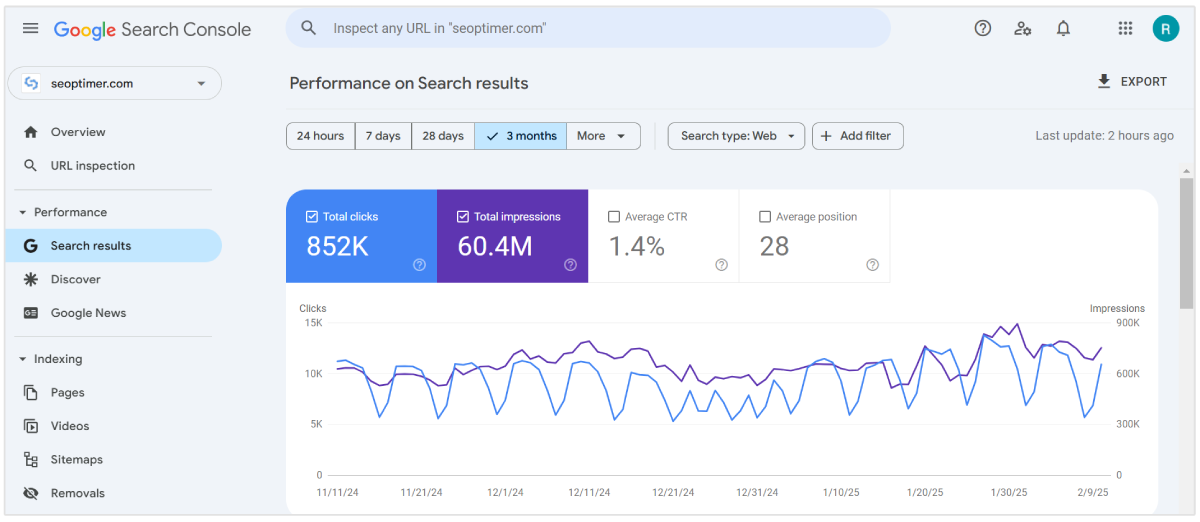
Now click on Add Filter and then on Page.
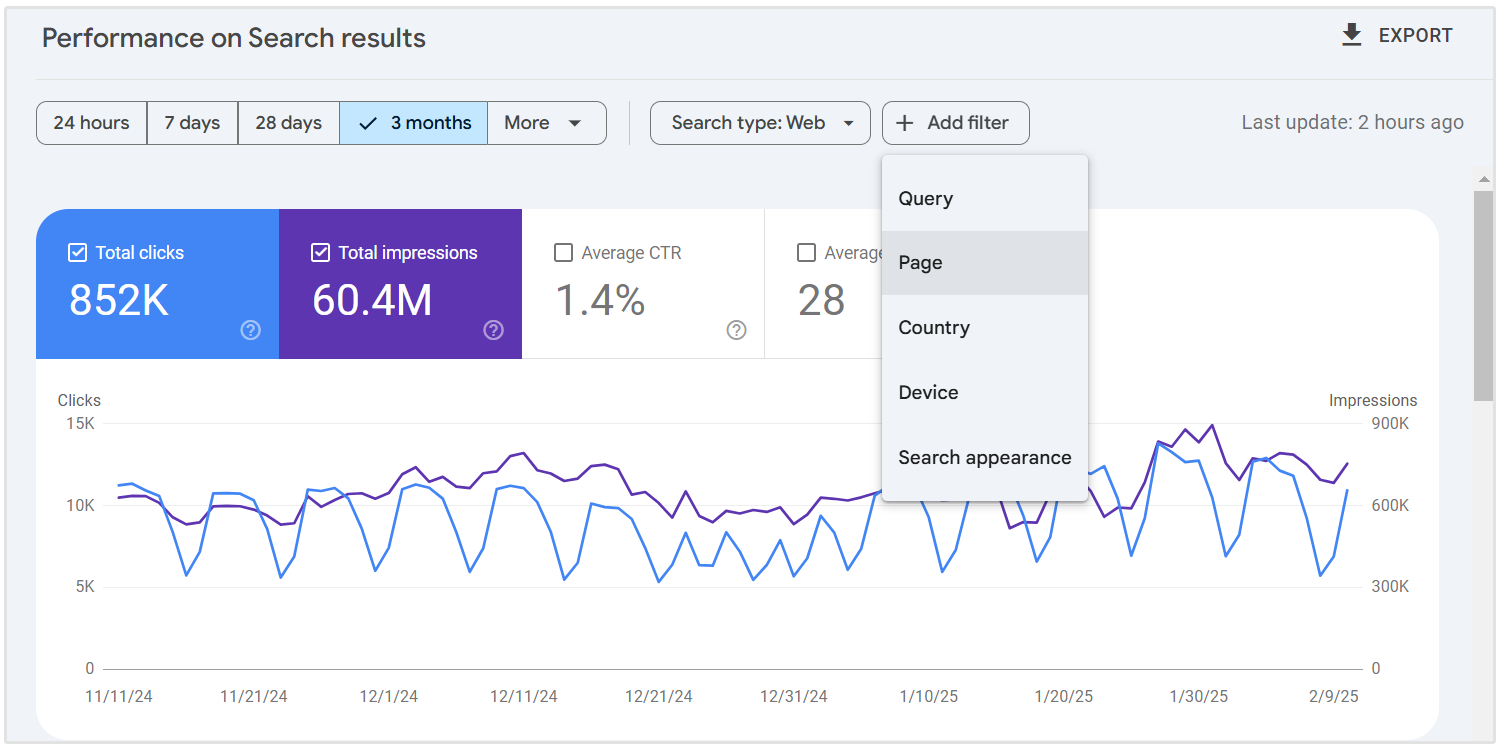
Enter your URL and select Exact URL from the dropdown.
You will see the number of impressions and clicks your homepage generates.
You can compare and track increases or decreases in impressions and clicks over a period of time to measure your homepage SEO success.
Number of Referring Domains and Domain Strength
You should also check the number of backlinks from new referring domains your homepage has acquired before and after the start of your homepage SEO campaign.
Inbound links from quality referring domains help to raise the Domain Strength. Higher Domain Strength and Page Strength indicate that your link acquisition campaign for the homepage has worked.
Not only does SEOptimer feature a Backlink Research tool to check your domain metrics, but we've also recently launched our own Backlink Monitoring feature that will update you on changes to your link profile.
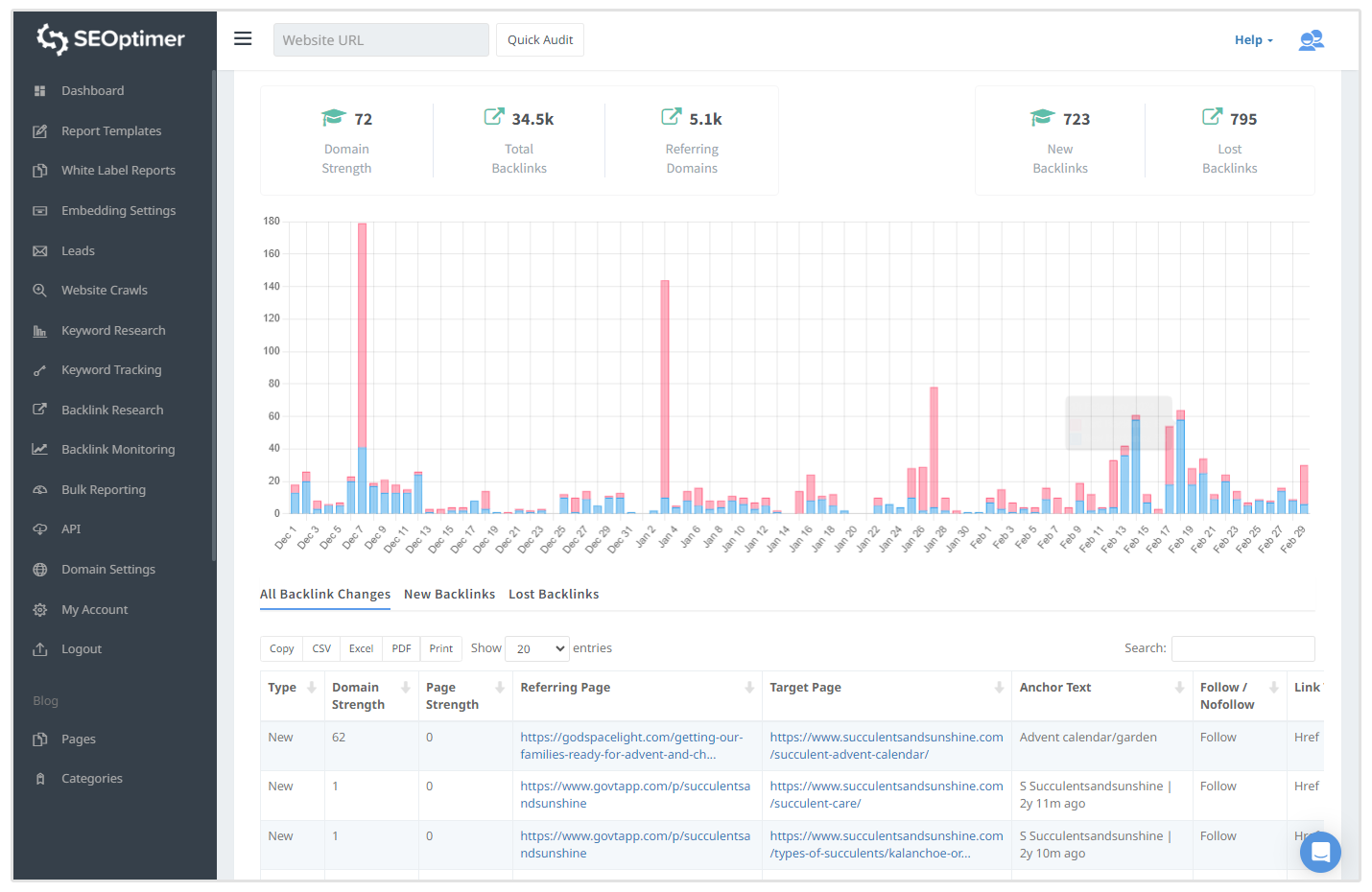
You can easily set it up to send you weekly updates on any New or Lost links.
Conversions
Regular monitoring of the "Events" data in Google Analytics is essential for optimizing your homepage SEO campaign.
To track organic conversions from your homepage, you will need to set up events in Google Analytics 4. You can create and track specific conversion actions by installing the Google tag on your website.
Once you've installed the Google tag, you can track various types of conversions, including website actions, phone calls, app interactions, offline imports, and local actions.
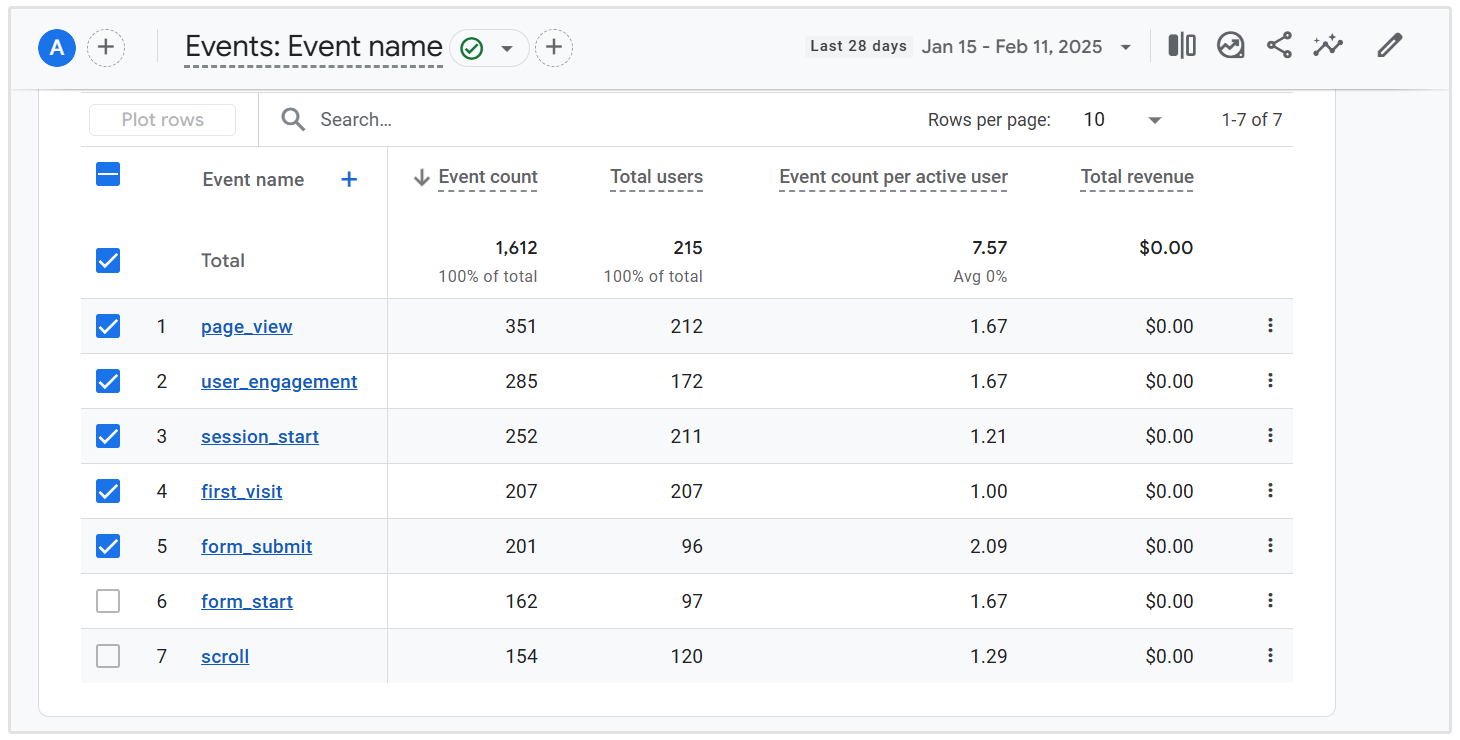
Tracking the conversion data helps you understand whether your homepage SEO efforts are resulting in sales and bringing an actual uplift in the ROI.
Homepage SEO FAQ
How much text should you have on your homepage?
The amount of homepage text depends on several variables. The most important being your industry and what your competitors have kept on their homepages.
An average homepage text length can be between 400 to 800 words. You should limit the amount of text above the fold, as too much text can overwhelm visitors and potentially drive them away.
You can also use expandable blurbs to keep the content without highlighting it too much.
How many backlinks should you build to your homepage?
Your homepage should have the maximum number of inbound links. The greater the strength of your homepage link profile, the higher link equity is passed to internal pages on your site.
Greater link juice helps other category and subcategory pages rank higher in search engines for relevant keywords.
Hence, you should build lots of editorial and relevant backlinks to your homepage. However, avoid using exact-match anchors and use generic or branded terms.
Are homepage backlinks better than links to content or product pages?
No, homepage backlinks will help the homepage rank for the keywords that you are targeting on your homepage.
To rank your primary content and product pages, you should acquire links to those specific URLs. It is also important to note that creating internal links from the homepage to your product pages will help to raise the authority of your product pages.
However, internal links alone might not be that helpful. You should acquire external links to your product pages to make them rank.
Wrapping Up
Apply the above-mentioned homepage SEO best practices to see impactful outcomes. Remember, proper search engine optimization takes time, so make sure to spend at least 3-6 months to see good results.
An SEO-friendly homepage should have high-quality content with keyword-based optimizations, ensuring quality, quantity, and relevancy.
Your backlink profile should have links from credible referring domains. Also, your homepage should have engaging visuals, social proof like customer testimonials, and clear calls to action that match your unique selling proposition (USP).
Include different UX elements to ensure a great experience that not only boosts your homepage's search engine rankings but also converts your target audience.
